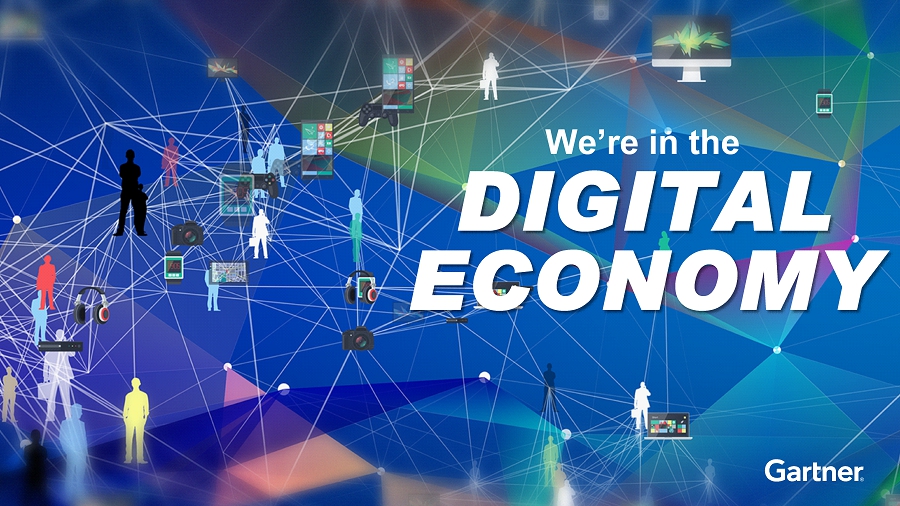
Organisations that have been able to cause real market disruptions have done so because they have applied digital economics to exploit new value creation opportunities, according to Gartner.
“The deepening and widening of digital business initiatives puts CIOs, chief data officers (CDOs) and digital leaders at the centre of creating measurable new business value.”
These leaders are uniquely positioned to connect digital technology advances with emerging flexible business models to fuel growth,” said Chris Howard, vice president and distinguished analyst at Gartner. “Digital technologies are expanding the value of traditional products and services by using data, content, algorithms analytics and the connections between economic agents in a digital ecosystem. Some organisations, such as GE, Uber, Hitachi and Monsanto, are already beginning to change the basis of competition by exploiting digital value to fuel business growth. They have understood that the framework for exploiting the value of digital business is digital economics.”
Gartner defines digital economics as the creation, consumption and control of value associated with digital products, services and assets in organisations. Digital economics creates a framework for organizations to understand and account for how much of an organisation’s business value can be defined as potential or realised digital value. It guides CIOs and CDOs in creating new value mechanisms and complementing or extending existing ones. By doing so, they are able to monetise the value of digital innovation and link that value with the organisation’s business objectives.
“All too often IT leaders focus value creation more narrowly, with the result that most digital initiatives are aimed at operational improvements, rather than value transformation,” said Saul Judah research director at Gartner. “While this tactical approach to digital value can result in very real process and financial improvements, the greatest potential for digital value lies in more strategic initiatives, such as creating new markets, empowering employees, changing the basis of competition and crossing industry boundaries.”
To tap into this value, IT leaders should begin by engaging with business leaders to identify the sources of digital value, catalogue existing digital assets, products and services, and assess and assign value to them. Digital products, assets and services can be understood, catalogued and valued based on several methods:
Using Infonomics to Exploit Information as an Asset
Information, such as customer data and digital content, is increasingly understood as an asset. These assets have real business value measured, for example, by intrinsic value or market value. Organisations invest in increasing the quality and consistency of their customer contact data so that they can, for example, run marketing campaigns that yield better returns. The theory of infonomics applies information valuation techniques to information assets and can be used by organisations to understand its business value as an asset.

Exploiting the Economics of Connections
Gartner predicts that by 2018, the new economics of connections will drive organizations to increase investments in connected physical assets and systems by 30 per cent. Connections between people, businesses and things have business value. That business value exists in the connection itself (for example, charging for usage of an API) as well as the asset being exchanged through the connection. Economic value, therefore, is a function of the number, context and usage of connections in the business.
Exploiting the Power of Algorithms
Algorithms and analytics offer accelerators of value and are themselves of exchangeable and monetisable value. An analytics process may use algorithms in its creation, which could also be monetisable through an algorithmic marketplace, making it available to enterprises of all types and sizes to use.
“Without a corresponding economic framework, however, these elements of digital value remain a loose collection of digital tools and techniques,” said Mr Judah. “IT leaders should establish a digital economic framework that connects digital value to a renovated economic architecture. This will help them establish a strategic, commercially sustainable foundation for creating new markets and new revenue sources.”

Read CBR’s interview with Hitachi’s Chief Economist Dave Merrill on the new IT econonomics






